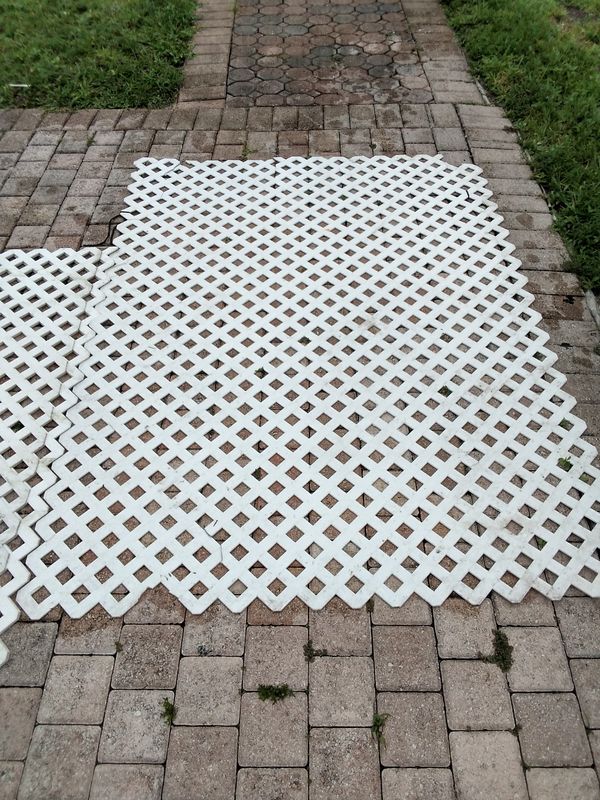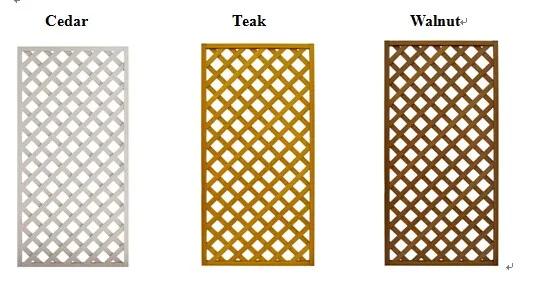

Like black, navy is a bold color that will accent your landscaping. A lighter shade is gentle, but a darker shade is striking. Gray is a neutral middle ground that varies in shade. Using black as your fence color will make other lawn features, like flowers or lights, stand out. You could also choose an off-white color like cream or ivory. Aside from those limitations, it depends on the look you want. If you have an HOA, you’ll need to see what colors are allowed. If you choose to paint, you’ll have to pick a color. Do you want a neon orange fence? There’s a paint for that. While stain is limited to wood tones, paint is not. It protects your fence, giving it a longer lifespan. The paint acts as a UV blocker, and it’s water resistant. If your fence is diligently maintained, your paint job can last up to 10 years. Paint is excellent for fences for many reasons. Let’s break it down into two main categories – paint and stain. But how? There are a lot of ways to do that, after all. When it comes to the color of your fence, the world is your oyster. Not sure where to start? Here are some ways to begin your lattice fence journey. The only limitation on what you can do with lattice fencing is your imagination. On the other hand, if you use a mason for installation, it can be pricey. It’s very durable, easy to maintain, and very long-lasting.
#Plastic lattice fencing pro#
Photo Credit: MarieTDebs / Canva Pro / Licenseīrick can be laid in a lattice pattern, creating an interesting fence-wall combo. What are the Different Types of Lattice Material? Wood The lattice design is even found on the classic American dessert, apple pie. Latticework is found throughout human history, including in India, the Islamic World, and the Eiffel Tower. The origin of latticework is unclear, but it dates back to at least the Classical Antiquity period (Greco-Roman times). Lattice is quite versatile and can be used to delineate or decorate property and is ideal for gardens. That doesn’t mean lattice isn’t functional. Voila! A lattice fence is born.ĭue to the holes in the lattice design, lattice fences generally don’t make good privacy fences unless they are combined with shrubbery or other dense plants. Each lattice panel attaches to posts, then to top and bottom rails. The crisscross pattern can be tight, with smaller holes, or loose, with bigger holes. The lattice pattern is formed by crisscrossing thin slats to create square or diamond holes.

If you don't have a vinyl blade, you can make a regular blade work by flipping it so it rotates in the opposite direction. Be sure to use a circular saw with vinyl-cutting blade to reduce strain on the vinyl. When the panel is properly aligned, fully screw it into the wood rails and then insert fasteners approximately every six inches.Ĭut the panels if necessary. Screw the panel into the rails using just three deck screws to allow you to do any adjustments as necessary. Position the first panel so it's level and perfectly aligned vertically and horizontally.
#Plastic lattice fencing install#
Step 3 - Install the Vinyl Lattice Fence Panels The top rail will be mounted four feet to six feet off the ground depending on the height of your fence. As a general guideline, the bottom bracket should be no more than 12 inches from the ground and no less than six inches from the ground. Make sure they're in the same spot on each of the posts to make sure the framework is even and level. Measure the position of the fence rail brackets. Paint the posts if you would like to have them match the vinyl panels. Drying guidelines are typically posted on the bag of your chosen brand of quick-setting cement. The time for this can vary depending on humidity levels and temperatures. Allow concrete to completely set before going onto the next step. Do the same for the following posts making sure they are all level and line up evenly using the string. Brace it so that it doesn't move as it dries.


Use the carpenter's level to make sure it's level. For each hole, put one or two 75-pound bags of powdered quick-setting cement.


 0 kommentar(er)
0 kommentar(er)
